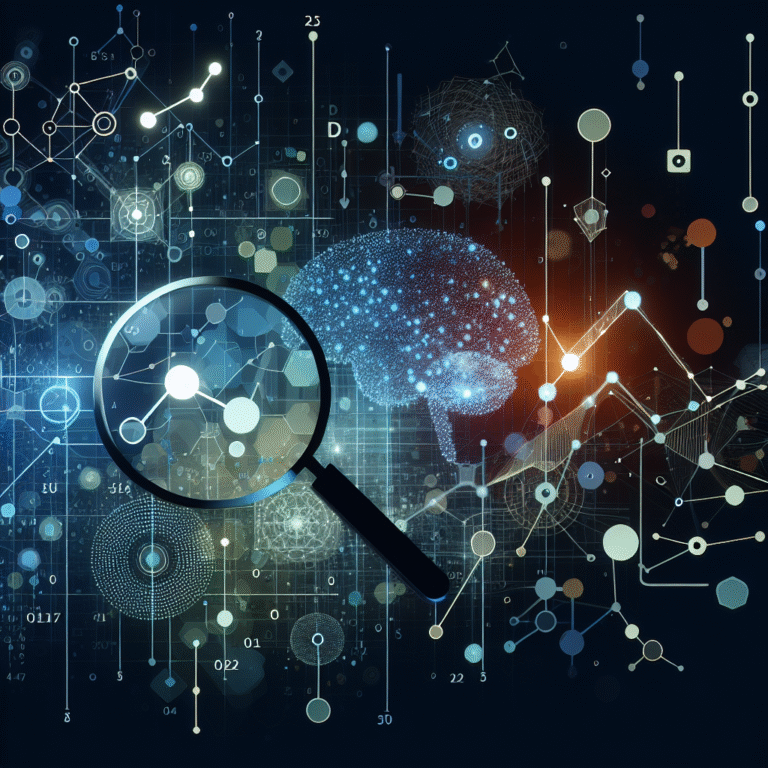
Introduction
In a world where crime continues to evolve, law enforcement agencies must adapt to new challenges. One of the most significant advancements in policing is the use of criminal behavior analysis. This sophisticated approach helps officers understand the motivations, methods, and backgrounds of offenders, allowing for a more effective response to crime. In today’s discussion, we will explore Behind the Badge: How Law Enforcement Uses Criminal Behavior Analysis to enhance investigative strategies, improve community safety, and ultimately foster a more responsive legal system.
Understanding Criminal Behavior Analysis
Criminal behavior analysis is not just about tracking criminals; it’s a multi-faceted approach that combines psychology, sociology, and criminal justice principles. By assessing various factors, such as a perpetrator’s psychological profile, environmental influences, and situational contexts, law enforcement can predict behaviors and prevent crimes before they occur.
The Psychological Framework
Criminal behavior analysis relies heavily on psychological profiling. Understanding a criminal’s mindset can provide invaluable insights into their actions:
- Behavioral Traits: Analysts evaluate traits like impulsiveness, aggression, and moral reasoning.
- Motivations: Whether it’s financial gain, revenge, or thrill-seeking, motivations are critical in predicting future actions.
As we dive deeper into Behind the Badge: How Law Enforcement Uses Criminal Behavior Analysis, it becomes clear that the psychological component is essential. But psychological analysis alone is not enough; it must be complemented by data-driven methods.
Crime Scene Analysis
Crime scenes are often a treasure trove of information. Law enforcement utilizes crime scene analysis to gather crucial data like:
- Forensic Evidence: DNA, fingerprints, and other physical evidence are analyzed for patterns and discrepancies.
- Victimology: Understanding the victim’s background can shed light on the likely suspect and motive.
Case Study: The Golden State Killer
The case of the Golden State Killer illustrates the power of combining behavioral analysis with forensic techniques. After decades of murders, rapes, and burglaries, law enforcement utilized a revolutionary approach. Analysts examined the behavior of the killer and conducted a tedious analysis of the crime scenes. Eventually, familial DNA led to the arrest of Joseph James DeAngelo in 2018, showcasing the effectiveness of crime scene analysis in collaboration with genealogical databases.
Geographic Profiling
Another fascinating aspect of criminal behavior analysis is geographic profiling. This method examines the locations of crimes to predict where an offender is likely to strike next. Key components include:
- Hotspots: Identifying areas with high crime rates can help allocate resources effectively.
- Route Analysis: Assessing how criminals move between crime scenes enhances understanding of their planning and operational behavior.
Case Study: The Beltway Sniper Attacks
During the Beltway Sniper Attacks in 2002, law enforcement used geographic profiling to predict the snipers’ next moves. By analyzing the locations of the shootings, the FBI established a geographic pattern, which was crucial in apprehending John Allen Muhammad and Lee Boyd Malvo. This case underscores the vital role of geographic profiling in solving complex criminal cases.
Behavioral Indicators of Specific Crimes
Understanding the types of behavior associated with different crimes helps law enforcement agencies tailor their strategies:
- Serial Offenders: Distinct patterns often define their activities, allowing analysts to identify potential links across various cases.
- Cyber Crimes: In the digital age, understanding the behavior of cybercriminals requires a different analytical approach, focusing on online interactions and motives rooted in anonymity.
Case Study: The BTK Killer
Dennis Rader, also known as the BTK Killer, evaded capture for over three decades. By applying behavioral analysis techniques, investigators identified and monitored Rader’s activities and communications. Eventually, his own letters provided law enforcement with the necessary evidence to apprehend him in 2005, highlighting the significance of understanding behavioral indicators in capturing serial offenders.
The Role of Technology in Criminal Behavior Analysis
With advancements in technology, the field of criminal behavior analysis has transformed dramatically. Law enforcement utilizes various digital tools to enhance their investigative efforts.
- Predictive Policing Software: These analytics tools analyze vast quantities of data to predict crime hotspots, allowing departments to allocate resources strategically.
- Social Media Analysis: Monitoring online behavior helps identify potential criminal activities.
Case Study: The Los Angeles Police Department’s COMPSTAT
The Los Angeles Police Department adopted a data-driven approach using COMPSTAT, a system that tracks crime data. By implementing predictive policing algorithms, LAPD effectively reduced crime rates by deploying officers to areas identified as potential hotspots for criminal activity. This illustrates the effectiveness of integrating technology into the analysis process and emphasizes the relevance of data in Behind the Badge: How Law Enforcement Uses Criminal Behavior Analysis.
Challenges in Criminal Behavior Analysis
While the integration of behavioral analysis into policing is promising, challenges remain:
- Data Privacy Concerns: The use of personal data in criminal profiling raises ethical issues and concerns regarding citizens’ rights.
- Biases in Analysis: Relying on historical data can perpetuate systemic biases, which may lead to misidentification and wrongful accusations.
Ethical Considerations
As law enforcement delves into the nuances of human behavior, they must balance effective crime-solving techniques with ethical considerations. Open discussions and transparent practices are essential to foster trust between law enforcement and the communities they serve.
Conclusion
Behind the Badge: How Law Enforcement Uses Criminal Behavior Analysis offers a revolutionary perspective on crime prevention and investigation. By melding psychology with technology, law enforcement agencies can approach crime more effectively and efficiently. The examples we explored—such as the Golden State Killer and the Beltway Sniper Attacks—demonstrate the real-world applicability of these methods.
As citizens, we must support law enforcement’s efforts while advocating for ethical practices in criminal behavior analysis. The fusion of science and intuition in policing is not just beneficial; it is essential for fostering a safer society.
FAQs
Q1: What is criminal behavior analysis?
A1: Criminal behavior analysis is a method used by law enforcement to understand the psychological and behavioral traits of criminals, helping to predict their actions and solve crimes.
Q2: How does psychological profiling aid in law enforcement?
A2: Psychological profiling helps investigators understand the motivations and backgrounds of criminals, allowing them to develop strategies for apprehending suspects.
Q3: What role does technology play in criminal behavior analysis?
A3: Technology, such as predictive policing software and social media analysis, allows law enforcement to analyze data more quickly and identify trends, enhancing their response to crime.
Q4: Can criminal behavior analysis help prevent crimes?
A4: Yes, by identifying patterns and potential hotspots, law enforcement can proactively deploy resources to deter criminal activities before they occur.
Q5: What are the ethical concerns associated with criminal behavior analysis?
A5: Ethical concerns include data privacy, the potential for bias in profiling, and the implications of using personal information in criminal investigations.
In the ever-evolving landscape of law enforcement, understanding Behind the Badge: How Law Enforcement Uses Criminal Behavior Analysis is crucial for enhancing public safety and building trust within communities.


















